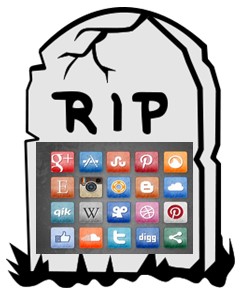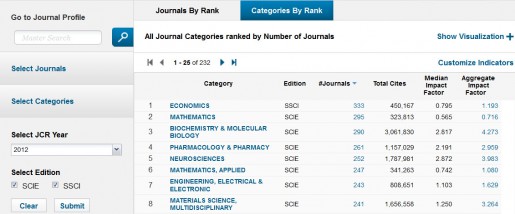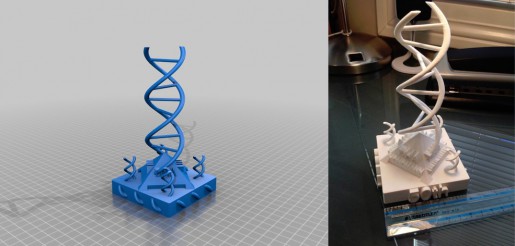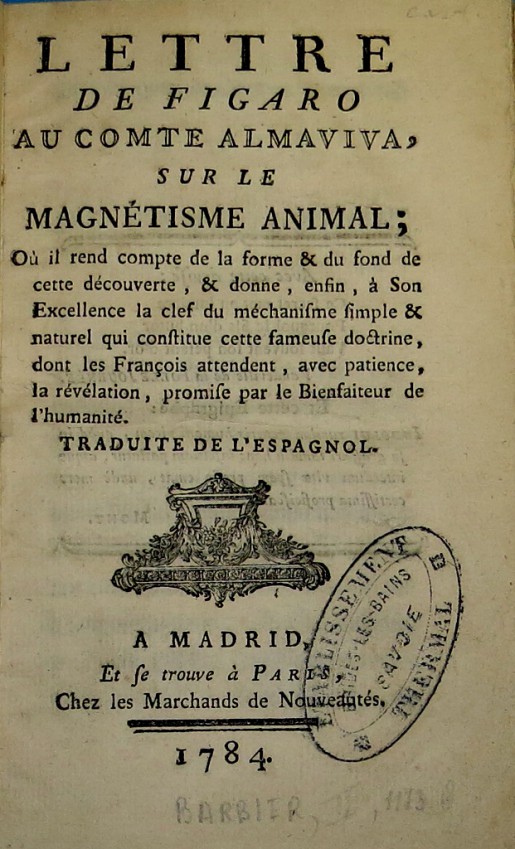The HSLS Staff News section includes recent HSLS presentations, publications, staff changes, staff promotions, degrees earned, etc.
News
Michelle Burda, network and advocacy coordinator, NN/LM Middle Atlantic Region, was appointed to the VALUES2 Initiative Committee of the Medical Library Association’s Hospital Section.
Kate Flewelling, outreach coordinator, NN/LM Middle Atlantic Region, was elected chair of the Medical Library Association’s Relevant Issues Section. Flewelling will serve a three year term as chair-elect, chair, and past chair.
Mary Lou Klem, reference librarian, along with co-authors J.G. Marshall1, J. Sollenberger2, S. Easterby-Gannett3, L.K. Morgan4, S.K. Cavanaugh5, K.B. Oliver6, C.A. Thompson7, N. Romanosky8, and S. Hunter9, was awarded the Ida and George Eliot Prize at the May 2014 meeting of the Medical Library Association for their paper, “The Value of Library and Information Services in Patient Care: Results of a Multisite Study,” Journal of the Medical Library Association (JMLA), 101(1): 38-46, Jan 2013.
- School of Information and Library Sciences, University of North Carolina at Chapel Hill, Chapel Hill, N.C.;
- Medical Center Libraries and Technologies, University of Rochester Medical Center, Rochester, N.Y.;
- Lewis B. Finn Medical Library, Christiana Care Health System, Newark, Del.;
- Upper Montclair, N.J.;
- University of Medicine and Dentistry of New Jersey (UMDNJ) Camden Campus Library, Cooper University Hospital, Camden, N.J.;
- Chevy Chase, Md.;
- Howard W. Odum Institute for Social Science, University of North Carolina at Chapel Hill, Chapel Hill, N.C.;
- NYU Health Sciences Libraries, NYU Langone Medical Center, New York University, New York, N.Y.;
- Birnbaum Library, Pace University, NYC Campus, New York, N.Y.
Melissa Ratajeski, reference librarian, was appointed to the Joint Planning Committee for the 2016 Medical Library Association/Canadian Health Library Association/International Clinical Librarian Conference.
Liping Song, metadata librarian, served as editor for Module 31: Remote Access Electronic Serial (Online Serials) and as reviewer for Module 7: Additional Authorized Access Points and Variant Access Points for the Title of the revised CONSER Cataloging Manual.
Presentations
Michelle Burda, network and advocacy coordinator, NN/LM Middle Atlantic Region, presented “Health Literacy for Children: How to Teach Your Students How to Evaluate Health Information,” at the NCEA 2014 Convention and Expo in Pittsburgh, Pa., on April 23, 2014.
Lydia Collins, consumer health coordinator, NN/LM Middle Atlantic Region, presented “The National Library of Medicine’s Free Health and Science Resources,” at the Pennsylvania School Librarians Association Annual Conference in Hershey, Pa., on May 1, 2014, and “Supporting a Healthy Community,” at the Pennsylvania Library Association: South Central Chapter Meeting in Harrisburg, Pa., on May 13, 2014.
Missy Harvey, technology & communication coordinator, NN/LM Middle Atlantic Region, presented “Geeks Bearing Gifts: Unwrapping New Technology Trends,” at the joint National Catholic Educators Association/Catholic Library Association Conference in Pittsburgh, Pa., on April 22, 2014.
Publications
Melissa Ratajeski, reference librarian, along with co-authors John LaDue, knowledge integration librarian, and Ahlam Saleh1, published “Development of a Web-Based Repository for Sharing Biomedical Terminology from Systematic Review Searches: A Case Study,” in Medical Reference Services Quarterly, 33(2): 167-78, 2014.
- Arizona Health Sciences Library, University of Arizona, Tucson, Ariz.
![]() You asked HSLS to provide a resource that allows flexibility with the creation of biological diagrams and we listened. We are pleased to introduce our latest licensed tool, ePath3D. Continue reading
You asked HSLS to provide a resource that allows flexibility with the creation of biological diagrams and we listened. We are pleased to introduce our latest licensed tool, ePath3D. Continue reading 

 If you like to access medical information on your mobile device, then you may be familiar with the UpToDate Mobile App or AccessMedicine Mobile. While both are accessible on a mobile device, did you know that their access points are very different? The UpToDate Mobile App is a mobile application (app) and AccessMedicine Mobile is a Web site. In a nutshell, an app operates separately from a Web site, while a mobile Web site is just a variation of an existing Web site.
If you like to access medical information on your mobile device, then you may be familiar with the UpToDate Mobile App or AccessMedicine Mobile. While both are accessible on a mobile device, did you know that their access points are very different? The UpToDate Mobile App is a mobile application (app) and AccessMedicine Mobile is a Web site. In a nutshell, an app operates separately from a Web site, while a mobile Web site is just a variation of an existing Web site.
 It’s important to plan ahead for end-of-life decisions. A last will and testament dictates the distribution of your assets upon your death.
It’s important to plan ahead for end-of-life decisions. A last will and testament dictates the distribution of your assets upon your death. 


 The tract was written to serve in the campaign against animal magnetism. It was focused on a popular topic, short lived, and tossed away when the interest in animal magnetism faded. Consequently, tracts are quite scarce. There are several copies of the second edition in the United States and France, but finding a first edition copy is very rare. Two identified copies, one in the Bibliothèque nationale de France and one in the University of Oklahoma are of the same variety. A
The tract was written to serve in the campaign against animal magnetism. It was focused on a popular topic, short lived, and tossed away when the interest in animal magnetism faded. Consequently, tracts are quite scarce. There are several copies of the second edition in the United States and France, but finding a first edition copy is very rare. Two identified copies, one in the Bibliothèque nationale de France and one in the University of Oklahoma are of the same variety. A 